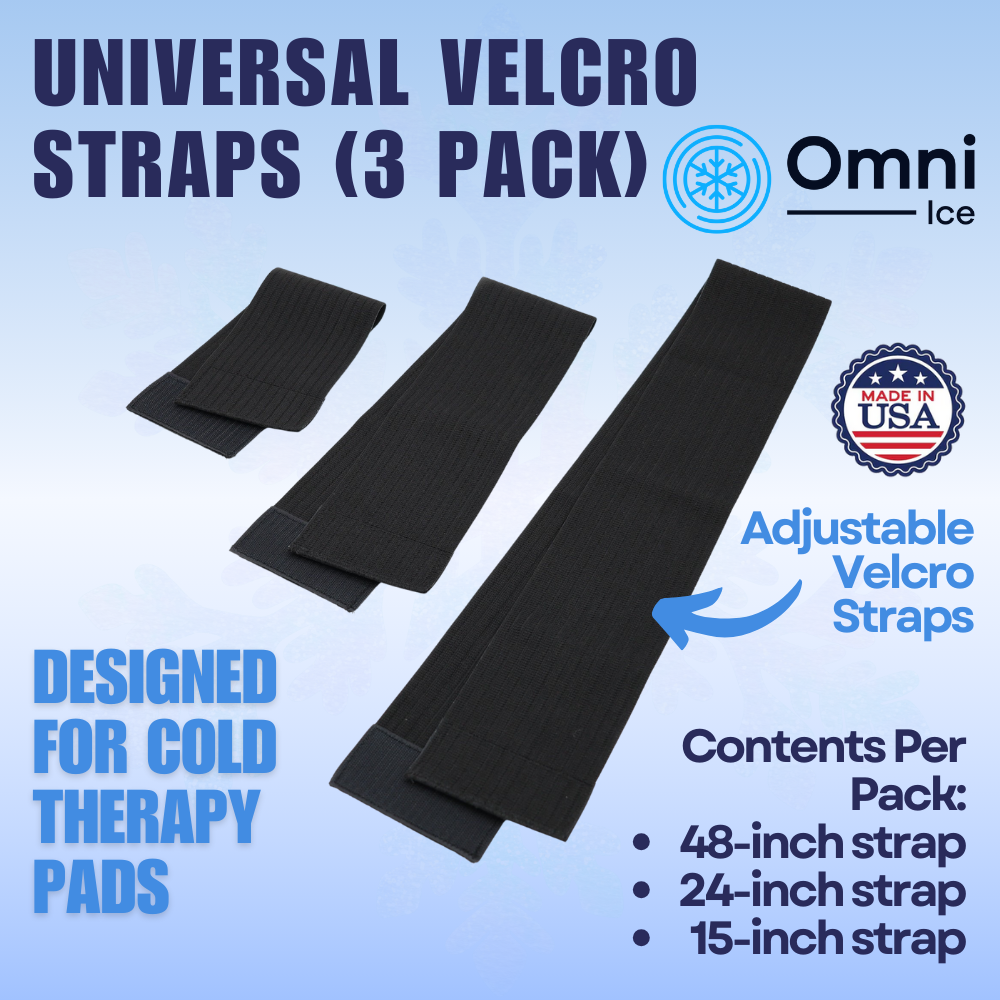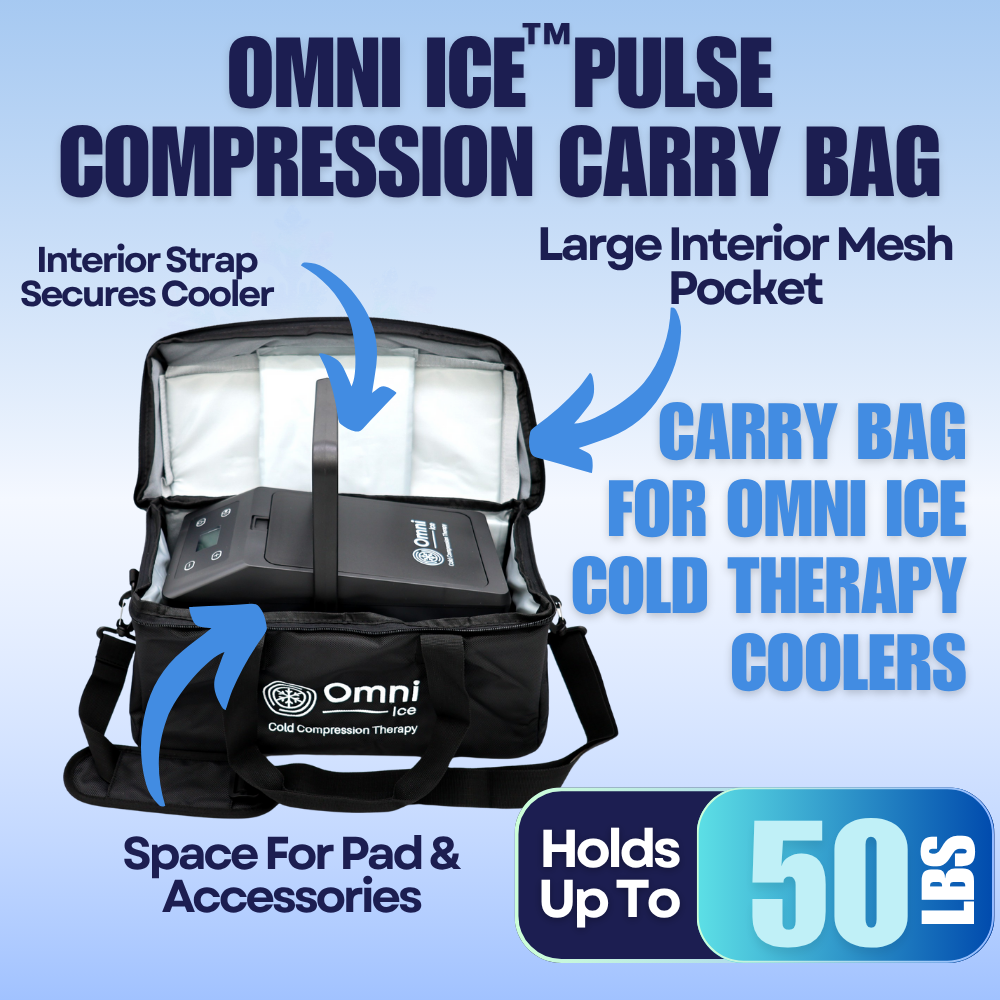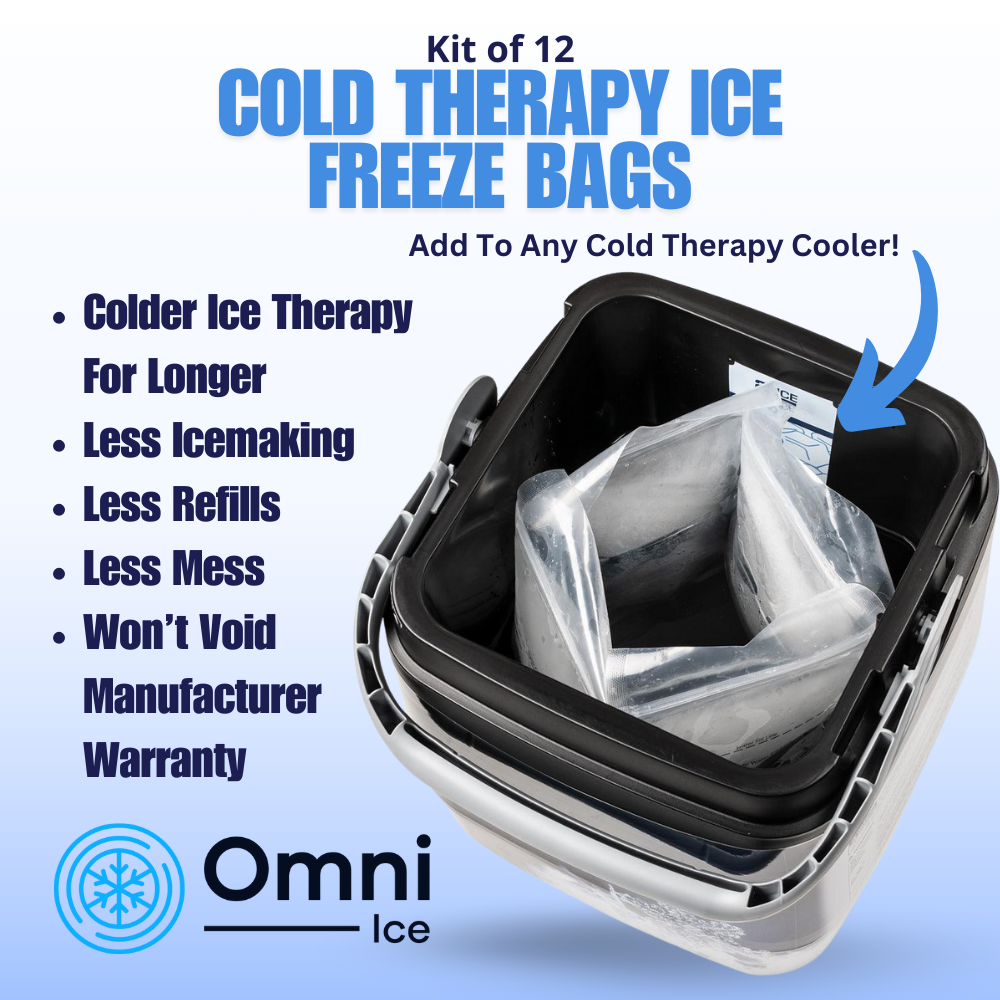Benefits of Compression Socks Following A Total Knee Replacement
The decision to have a total knee replacement is not one to be taken lightly. Decreased pain and increased mobility are positive outcomes obtained after having a total knee replacement (Foni et al., 2020). However, complications may occur following surgery. It is important to follow your healthcare providers post-operative instructions in order to improve healing and reduce complications. Some complications following surgery include pain, infection, and blood clots. A blood clot can occur in up to 84% of joint replacement surgeries (Leung et al., 2013).
As a result of the high incidence of blood clots, your healthcare provider may recommend blood thinner medication and compression devices including compression socks to prevent blood clots. Compression devices, such as compression socks or stockings, have been found to decrease the diameter of veins in the lower extremities. By decreasing the diameter of the veins, blood flow is increased therefore preventing the chance of blood clot formation (Berszakiewicz et al., 2020). As a matter of fact, in one study that examined using a clinical pathway to improve outcomes, it was mandated that all study participants wear compression socks, no matter if they were in the control group or intervention group, because of the positive impact of compression socks (Foni et al., 2020).
Preventing blood clots has been found to decrease the length of stay in the hospital, decrease other complications, increase mobility, and increase patient satisfaction (Foni et al., 2020). Using compression devices like compression socks or leggings following surgery also help to promote healing by decreasing swelling (Harvard Health Publications, 2021). Be sure to purchase compression socks that provide adequate compression levels in order to provide the most benefit. Other interventions to promote healing include proper nutrition, hydration, rest, and following your healthcare providers treatment plan, such as physical therapy, in order to heal following your total knee replacement. By taking an active part in your recovery following surgery, you are more likely to have a positive outcome.
Dr. Dina Khentigan
References
Berszakiewicz, A., Sieroń, A., Krasiński, Z., Cholewka, A., & Stanek, A. (2020). Compression therapy in venous diseases: Current forms of compression materials and techniques. Postepy Dermatologii i Alergologii, 37(6), 836-841. http://dx.doi.org.americansentinel.idm.oclc.org/10.5114/ada.2019.86991
Foni, N. O., Lauro Augusto, V. C., Isabela Dias Paião, Isadora Orlando, d. O., Rogério Teixeira, d. C., Lenza, M., Antonioli, E., & Ferretti, M. (2020). Clinical pathway improves medical practice in total knee arthroplasty. PLoS One, 15(5)http://dx.doi.org.americansentinel.idm.oclc.org/10.1371/journal.pone.0232881
Harvard Health Publications. (2021). Mobility and Independence. Retrieved from ProQuest Central http://americansentinel.idm.oclc.org/login?url=https://www-proquest-com.americansentinel.idm.oclc.org/reports/mobility-independence/docview/2512759543/se-2?accountid=169658
Leung, K. H., Chiu, K. Y., Yan, C. H., Ng, F. Y., & Chan, P. K. (2013). Review article: Venous thromboembolism after total joint replacement. Journal of Orthopaedic Surgery, 21(3), 351-60. http://americansentinel.idm.oclc.org/login?url=https://www-proquest-com.americansentinel.idm.oclc.org/scholarly-journals/review-article-venous-thromboembolism-after-total/docview/1500921071/se-2









